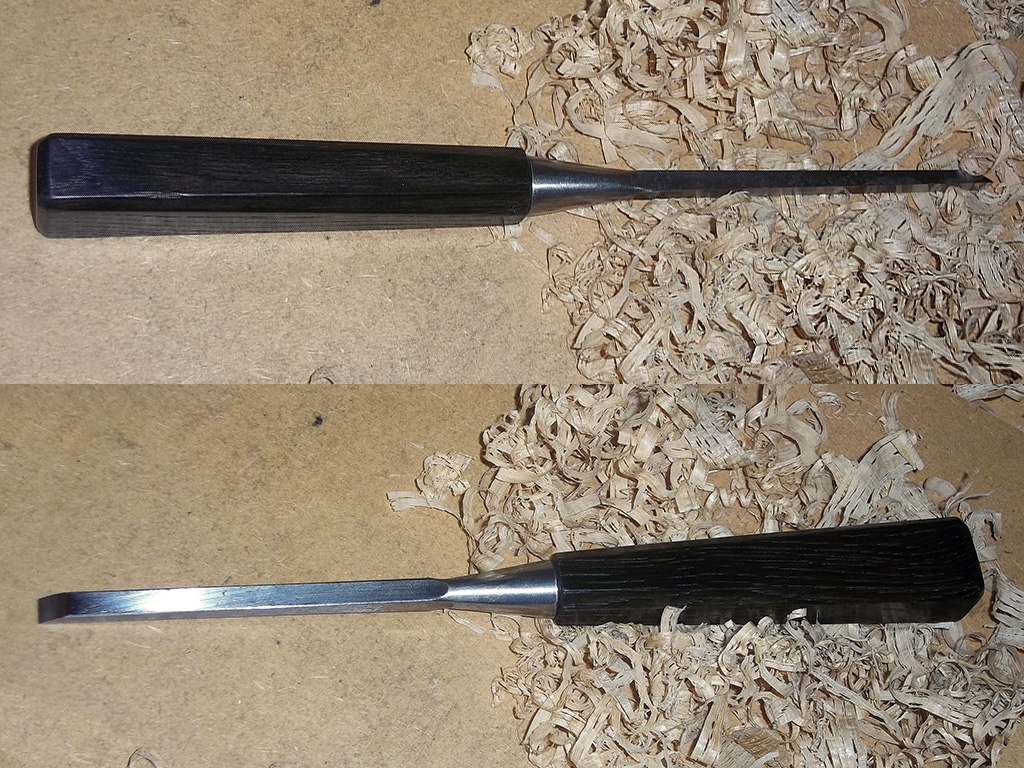chaoticbob":2aewuggx said:
The oxalic acid treatment worked to some extent, but the nail stains are just too old and deep to bleach out, so we're going for blending. For staining do you just bung the the wire wool in the vinegar, let it fizz a bit and then paint on the solution onto the oak?
Rob
Rob, here's the thing about iron staining Oak.
The wire wool/white vinegar is the
easy bit, you can be pretty cavalier about that part of the process and still get an adequate result. White vinegar, apple vinegar, dilute acetic acid, a handful of wire wool, a healthy pinch of iron filings, 48 hours, three weeks; none of that makes much difference.
The trickier part is the tannin side of the equation. The fact is that even with Oak or Sweet Chestnut, surface tannin levels are
extremely variable. You might get lucky (for example freshly cleft, recently felled oak) and you'll go straight to jet black with no additional tannin. But kiln dried Oak where the surface has been prepared then had a few weeks to oxidise, well you can lather on the steel wool/white vinegar all you like however you'll probably get no more than a patchy mess with a bit of a purple cast rather than black. Your oak will fall somewhere on this spectrum.
So to be safe you need to prime the surface with plenty of fresh tannin. The best solutions are made from Oak galls, I collect them in the forest when walking the dogs, grind up a handful of these and you'll get the deepest black and also the deepest concentration. Next most effective is big handful of fresh Oak shavings and Oak bark boiled up. If you don't have access to either of these then super strong tea will do the job, but you won't quite get the colour and penetration you will with the other methods. You'll get close, but just not quite as good. Whatever you choose, an important step is to add one drop of washing up liquid as a surfactant that will break the surface tension and get the solution deep into the pores of the timber. This makes a tremendous difference, but I've never seen it referenced on any of the often dodgy formula you'll find on the web.
These are what Oak Galls look like, given that people used to make black ink with these rather than choosing Oak bark or Oak shavings you can safely conclude they genuinely bring something extra to the process.
So, don't worry too much about the iron solution, it's the
tannin that'll trip you up.
One final thing, if you end up with a purple/mullberry colour you can make it blacker with burnishing or brushing with a stiff bristled brush (not steel bristles or you'll tear out the softer grain), and if that doesn't work enough then oiling or waxing will move the colour still further towards black.
Before embarking on joists you really should practise with some scraps of Oak at your bench, you might conclude it's all too much of a faff to repeat the process perched on top of a step ladder. If so, better to find that out earlier rather than later.
Good luck!






































